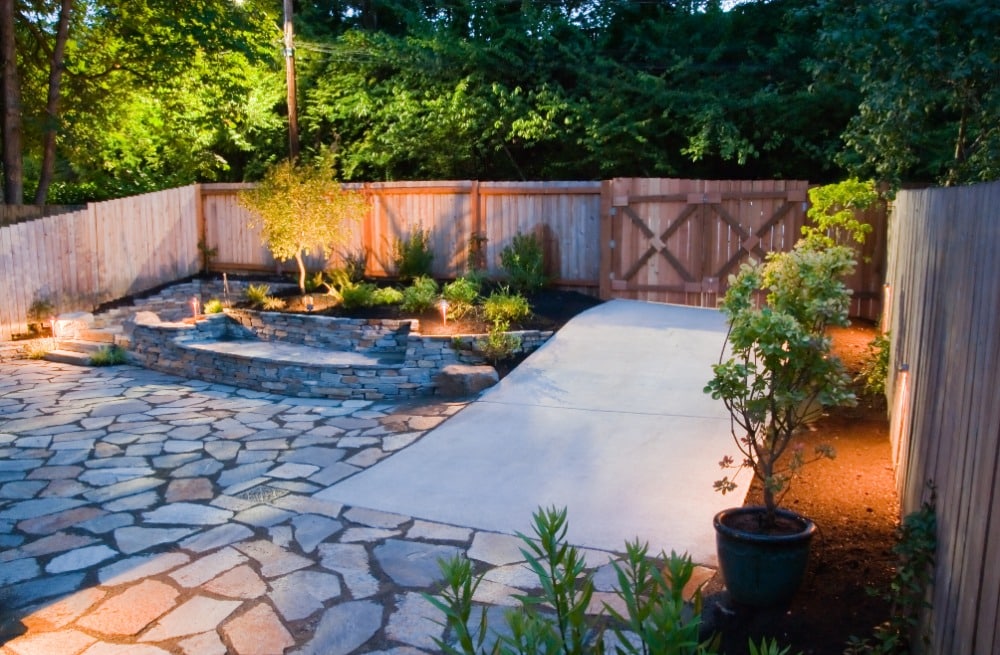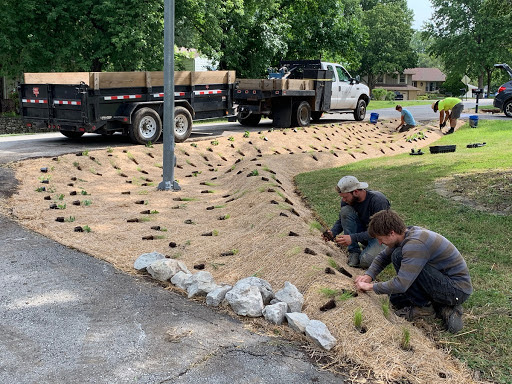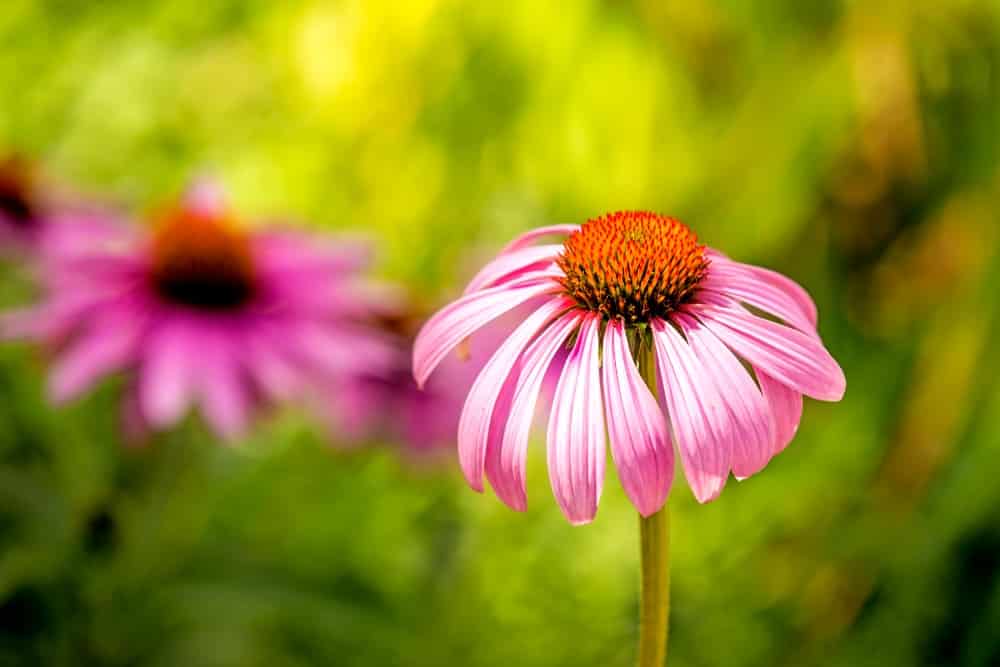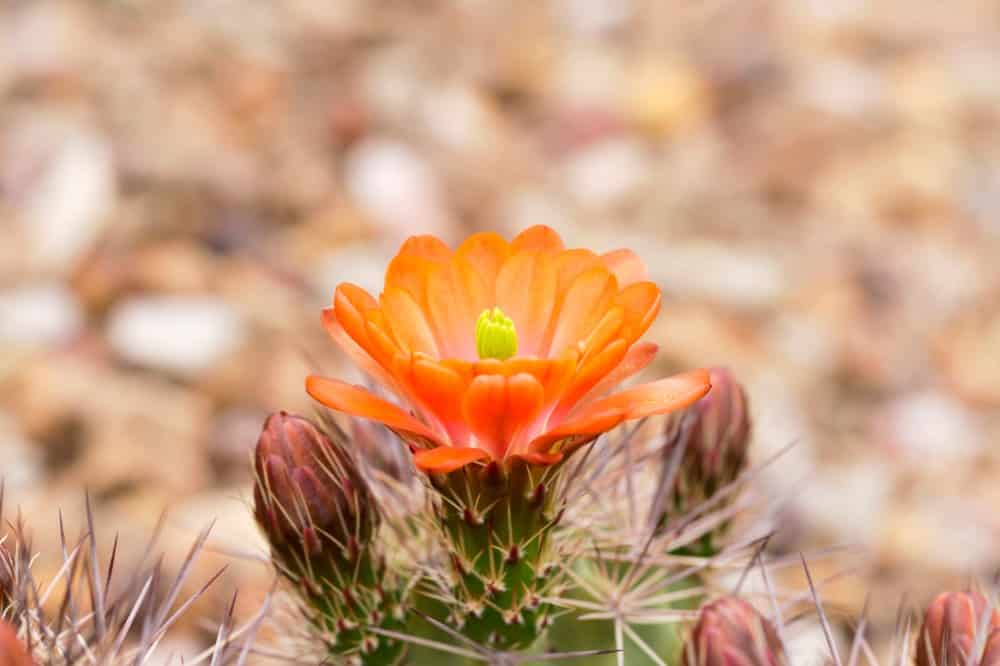There is a unique type of gardening that does not require the use of extensive amounts of water. It is called xeriscaping. It is done by using different types of vegetation that will not use an overabundance of water to keep the plants alive. This type of landscaping is advantageous in areas where rain is at a minimum, especially year-round, yet people still want to have a beautiful landscape surrounding them. Here is a quick guide to xeriscape landscaping and how you can benefit from this unique way of developing drought-tolerant landscapes using plants native to your area.
An Overview of Xeriscaping
If you live in a region of the world that is extremely dry, trying to plant vegetation outside of your home can be problematic. It may also be difficult if you need to use some form of irrigation, especially if you are in a region that does not have good aquifers. Therefore, many savvy people developed what is called xeriscaping. It is an alternative to what many people call traditional gardening. Instead of using plants that require water daily, these plants can maintain their luster, and continue to grow, despite the absence of water.
What Are the Advantages to Xeriscaping?
From a practical perspective, if you do live in an area where water is infrequently provided in the form of precipitation, this is an ideal way to create a garden-like area. You can also reduce water consumption which may be necessary for your particular community, especially if you are experiencing drought-like conditions. These plants also require very little maintenance. Although they can take advantage of rainfall, it is not necessary, especially if you have done proper soil grading and mulching to preserve the available water. A reduction in overall maintenance costs, as well as reducing the amount of organic waste that you produce, are all benefits to this type of landscaping.

Principals Surrounding Xeriscaping
There are several xeriscape design principles that you must follow if you choose to create this type of garden. These are simply guidelines that many people used to create the most effective appearance. The plan and design are typically done on a diagram, incorporating the plants with your sidewalk, driveway, patio, deck, and also your house. There are certain types of soil amendments that must be made as well. You need to use soil that can retain water, and also use effective and efficient irrigation strategies. For example, if you are going to minimize the amount of water that you use each year, you must plant these in areas that will maximize the availability of water for flowers, shrubs, trees, and also groundcover plants that you may be using.
Why Xeriscaping is Best In Certain Regions
Aside from the probability of a drought occurring, to prepare for a drought, water consumption must be kept to a minimum. There are certain areas of the world where this is necessary. Additionally, drought-resistant plants can replace the use of standard green lawns that so many people have today which require an excessive amount of water, and maintenance to maintain their pristine appearance. Finally, if you are planting anything, and rainfall is scarce, using foliage that requires little water can help to maximize your investment in the plants that you purchase. Instead of worrying that they will not have enough water, this is a concern that no longer exists when you are doing xeriscape landscaping instead.
How to Create a Xeriscape
There are several considerations that you need to make before starting. First of all, you need to choose the plants that you are going to use very carefully. Always choose plants that are designed for high drought tolerance. However, the plants you choose should also be appealing and contribute to your landscaping efforts. It’s also important to prepare the soil that you are going to use, preferably adding as much organic matter as possible in the form of compost. A layer of mulch over the top of the soil can help retain moisture, and you must be prepared to water as efficiently as possible.

What Type of Plants Do You Use in Xeriscape Landscaping?
There are several popular types of plants that you can use in a xeriscape, all of which will do very well in an arid climate. This includes the following plants, which are perfect for xeriscape landscaping, plus they are also very colorful.

Can You Incorporate Regular Plants with Xeriscape Landscaping
It is not recommended that you use standard plants with xeriscape landscaping because of watering requirements. However, if the plants you select have a high tolerance for heat and need only small amounts of water, they will be perfect for your xeriscape garden. If you select flowers and other plants that need more water, you may want to incorporate them in a specific area, where you can manage the amount of water that is used. Doing this will allow you to segment these plants, and care for them according to their requirements without having to worry about overwatering any of the other plants in your landscape.
Is Xeriscape Landscaping Ideal for Everyone?
Xeriscaping can be ideal in certain situations. However, if you happen to be in a tropical climate, these plants are simply not going to do very well. It is important to consider the climate you are in, the amount of rainfall that you receive, and the temperatures that are most common in your region. In certain circumstances, in moderate climates, you may be able to combine the many different types of plants from regular flower gardens and xeriscape landscaping flora. However, if the conditions are extreme with heavy downpours, and extremely cold temperatures, xeriscape landscaping may not be ideal.
If you are concerned about the amount of water that you are using regularly for your flower garden, consider xeriscape landscaping instead. You can create very colorful layouts, that are quite easy to manage, and you will not have to be concerned about watering them as much. In time, you will become adept at adding new plants that can be used with this type of landscaping which is becoming extremely popular.

At Down to Earth Services, we are passionate about native landscape design! It is our goal to solve issues in nature with ecological landscape solutions that are both beautiful and functional. For information on how we can help with your landscaping project or to purchase plants that are beautifully native to your area, Contact Us Today!

